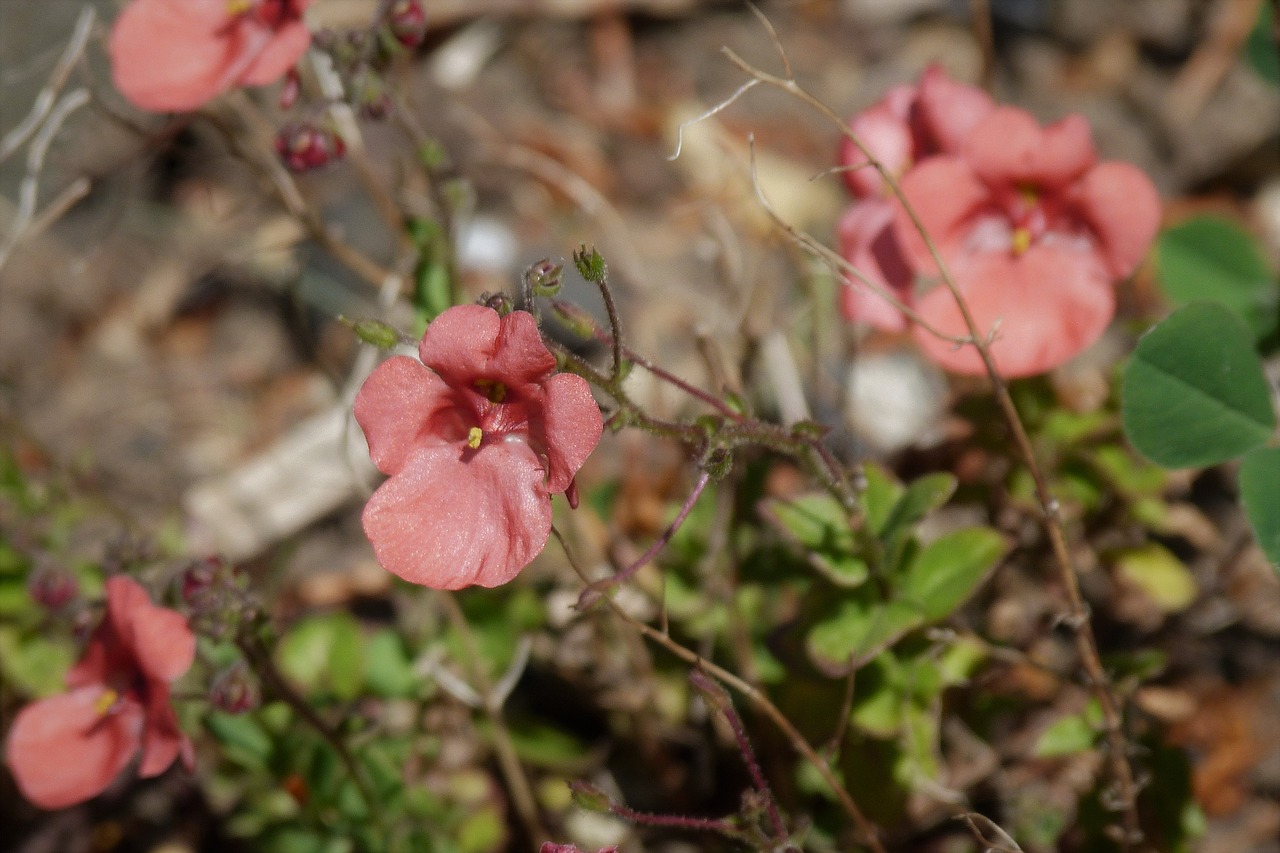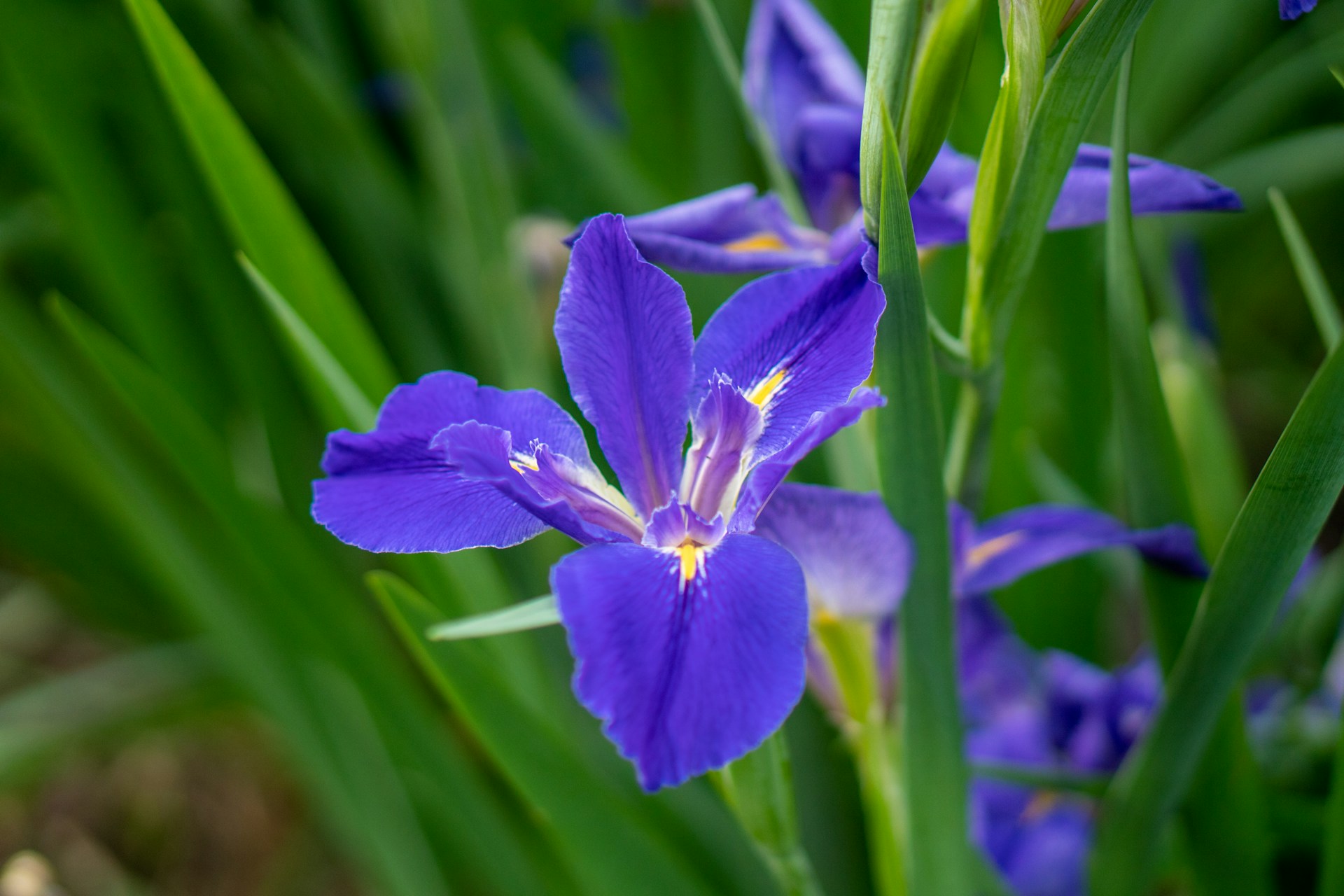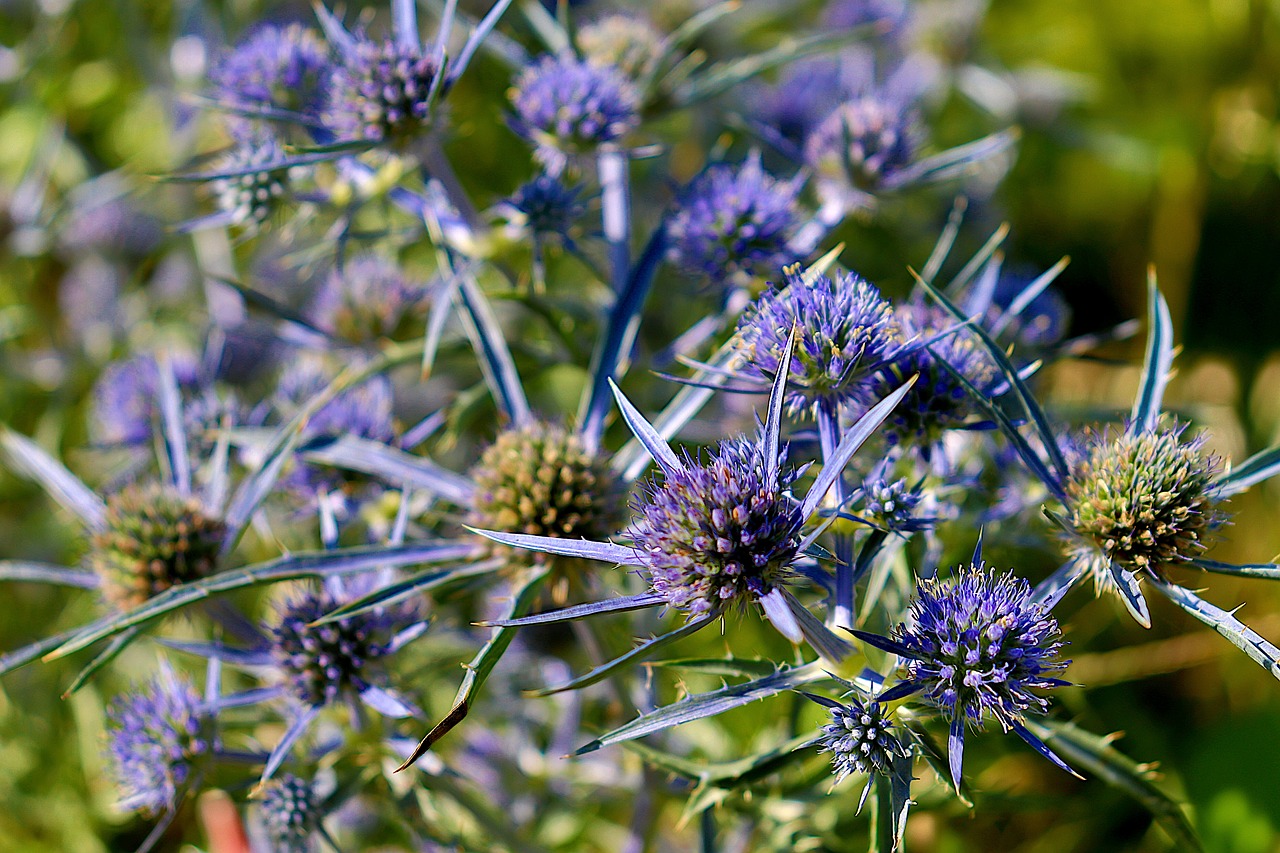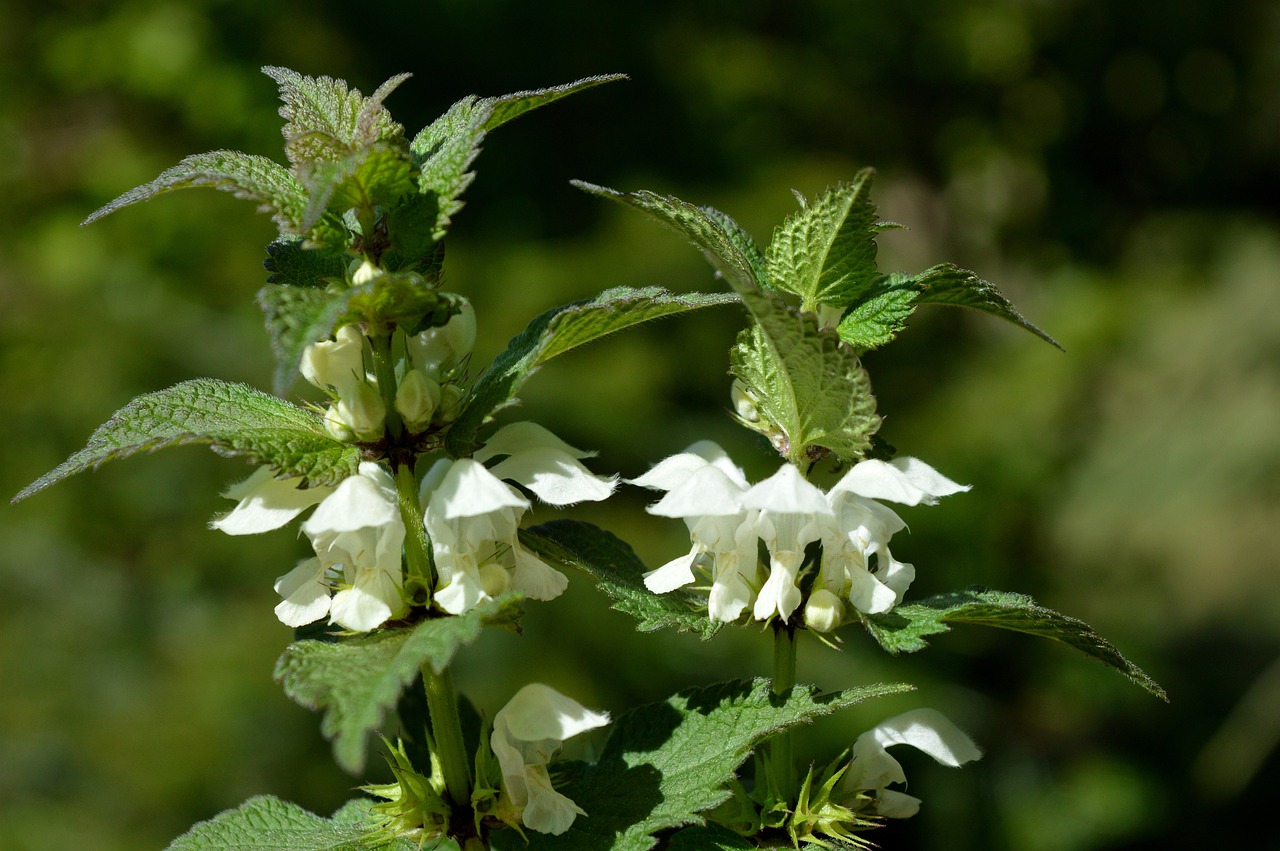Poppy | A Vibrant Flower Blooming in the Memory of Battlefields and in Poetry
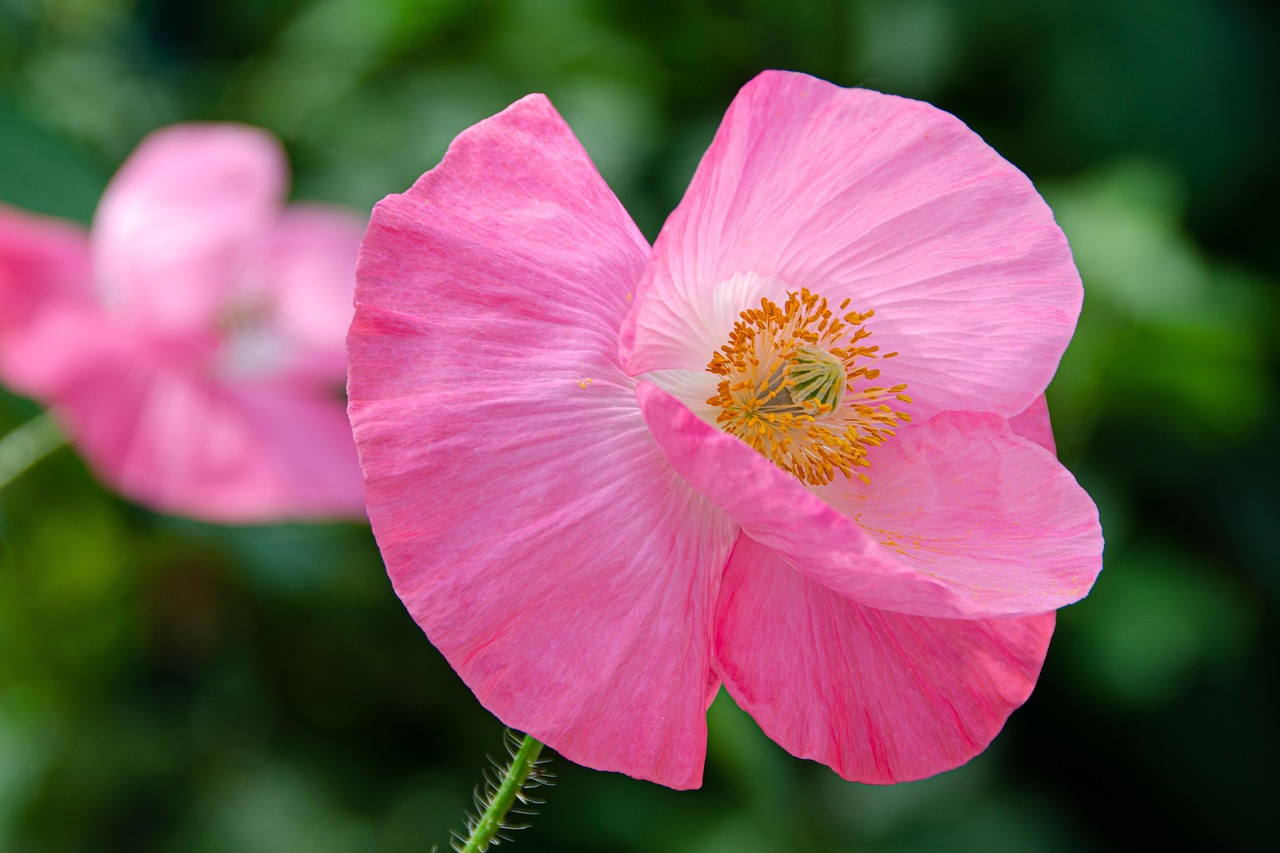
I introduce the poppy, an annual plant characterized by its vivid petals and delicate stems. Its graceful appearance swaying in the wind is impressive, and it is cherished in Europe as well as in many other parts of the world.
In this article, I will explain the basic information, cultural and historical background, and gardening methods of the poppy in detail.
Basic Information
- Scientific name: Papaver rhoeas
- Family: Papaveraceae
- Origin: Europe, Western Asia, North Africa
- Appearance: The plant produces flowers with thin, crinkled petals at the tips of slender stems. The flowers come in a variety of colors, including red, pink, white, and orange, often with black or yellow markings at the center.
- Blooming season: From spring to early summer, with the characteristic of producing many blossoms at once.
Cultural Significance Around the World
The poppy combines a fleeting beauty with a strong vitality, giving it symbolic meanings across different cultures.
For example, the poppy is widely known as a symbol of remembrance for fallen soldiers. Since poppies spread across battlefields after the First World War, people in the United Kingdom and Canada wear red poppies on their chest every November as “Remembrance Poppies.”
In China, the poppy symbolizes transience and farewell. It appears in classical poetry, praised as a flower embodying both beauty and melancholy.
In France, the poppy is called coquelicot. It is loved as a flower that colors rural landscapes. Its red petals swaying in the fields often appear in French paintings and poetry, evoking a nostalgic feeling.
Historical Episodes
The poppy has been closely tied to human life since ancient times.
In ancient Greece, it was dedicated to the goddess of agriculture, Demeter, and was regarded as a symbol of fertility.
During the Roman era, its beauty was celebrated in poetry and decorative arts.
In medieval Europe, poppies commonly grew naturally around wheat fields and became widely known as “wildflowers.” Farmers regarded the red blooms covering the fields each spring as a symbol of living in harmony with nature’s blessings.
During the First World War, poppies bloomed abundantly across battlefields in Flanders (present-day Belgium), making them symbols of both war and peace.
The British poet John McCrae wrote the poem In Flanders Fields inspired by battlefield poppies, which contributed to the flower becoming a symbol of remembrance for the war dead.
Even today, in the UK and Canada, it remains customary to wear red poppies on “Poppy Day” to honor the fallen.
Gardening Advice
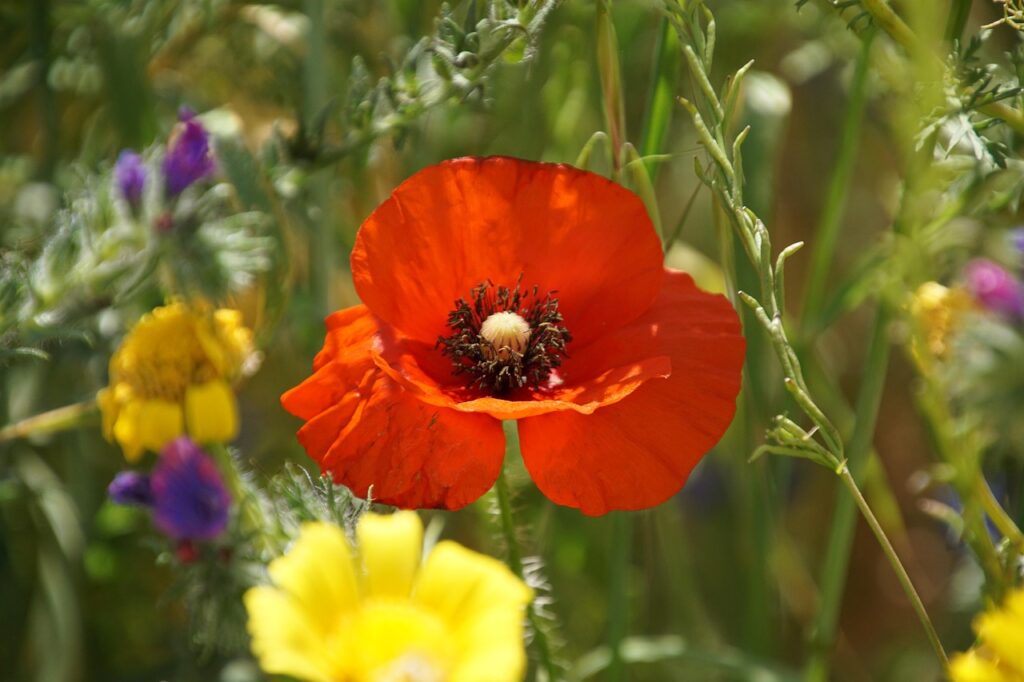
The poppy is hardy and easy to grow, but proper care is needed to enjoy its beautiful flowers.
Sunlight
Prefers sunny locations. Ample sunlight ensures healthy blooming.
Watering
Thrives in relatively dry conditions. Water only after the soil has completely dried. Avoid overwatering.
Soil
Well-drained sandy soil is best. Slightly poor soil encourages better blooming than overly fertile soil.
Fertilizer
Little fertilizer is needed. Over-fertilizing leads to lush leaves but fewer flowers.
Cold resistance
Relatively tolerant to cold, though in colder regions protection against frost may be necessary.
Conclusion
The poppy, with its fragile beauty and resilient vitality, is beloved worldwide.
It is a symbol of remembrance for the war dead, especially known in the UK and Canada as the “Remembrance Poppy.”
In France, it is cherished as a flower that colors the countryside, while in China it is regarded as a symbol of farewell and sorrow.


